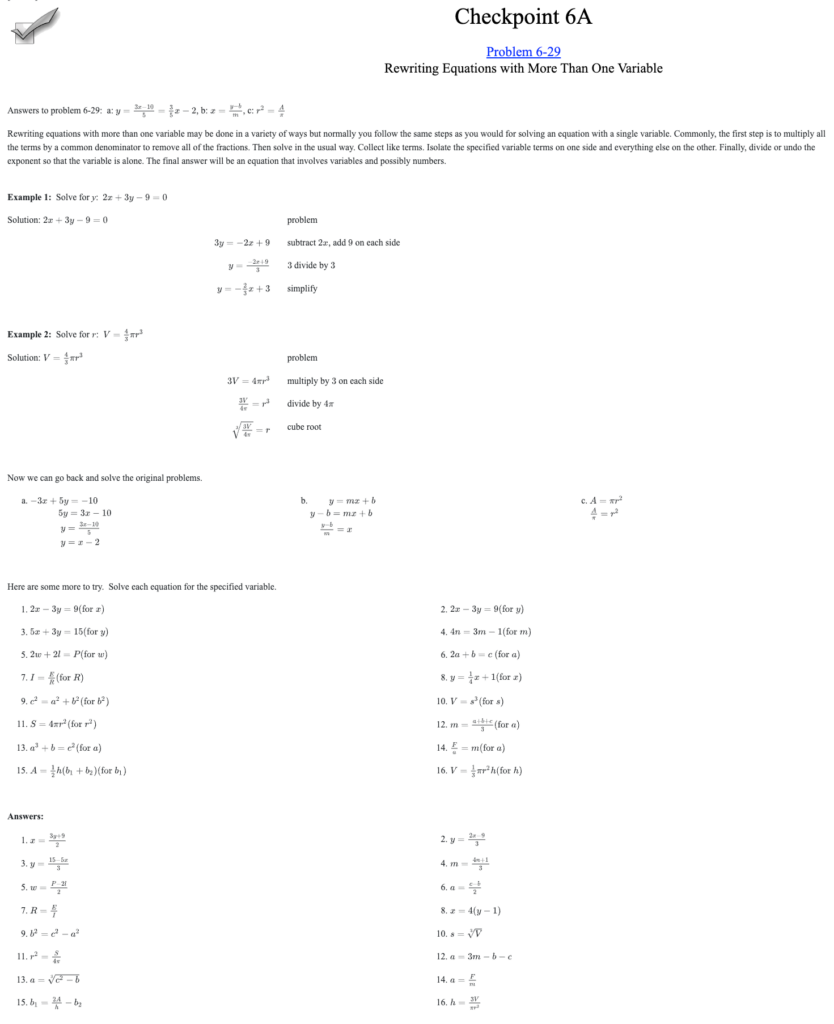Sharon Rendon, Director of Professional Learning, sharonrendon@cpm.org
One of NCTM’s Guiding Principles from their publication, Principles to Actions calls teachers to a higher standard of professionalism. “In an excellent mathematics program, educators hold themselves and their colleagues accountable for the mathematical success of every student and for their personal and collective professional growth toward effective teaching and learning of mathematics.”
For too long, teaching has been a profession where individuals carry out their work in isolation. In order to impact student learning, teachers need to learn to deprivatize their practice. This can happen through collaboration, opening up your classroom, and allowing others in to observe you in your classroom. All teachers need to be professionals who do not do their work in isolation. They need to cultivate and support a culture of professional collaboration and continual improvement, to create an environment where teachers rely on each other to do this complex work.
The beauty of collaboration is not only the ability to tap into various perspectives and ideas, but also to share responsibility for students’ learning. When teachers come together to share information, resources, ideas, and expertise, learning becomes more accessible and effective for students. Collaborating means purposefully building interpersonal relationships and becoming comfortable giving and receiving feedback without feeling judged. When teachers engage in opening up their classrooms and deprivatizing their practices the benefits include:
Increase in student learning —When teachers collaborate on instruction and brainstorm how to support all students in learning, lessons are more successful.
More creative and effective planning—When teachers communicate and share ideas, their efficacy is built, and their willingness to take risks increases, knowing they are not doing the work alone. Colleagues may be influenced to try a new Study Team and Teaching Strategy, or think about how to best support a team through different content topics.
Less teacher isolation—When teachers have the opportunity to share ideas and information they soon discover they are not in this work alone. Working in collaboration helps to combat professional loneliness and frustration, which can improve satisfaction in the profession.
A great starting place for opening up your classroom is to simply invite one of your colleagues into your room to watch a part of a lesson. Perhaps you want to have someone listen to the questions you are asking, or to analyze how you are supporting students without just providing the answers. Ask someone to observe your class, watching for those two areas.
Another strategy that is gaining popularity is to post a sign outside your classroom door that says #observeme. This sign serves as an open invitation for your colleagues to come into your room and provide you feedback on the desired items listed on your sign. For more information on how this might work or how you might get others to engage in the practice see either the CPM newsletter from January 2017 or robertkaplinsky.com.
A third strategy you might consider is the idea of a “pineapple chart.” This strategy was highlighted in the March 2018 CPM newsletter. The pineapple is the symbol of hospitality, and a pineapple chart is a way of informally inviting others into your classroom to see your practice. You can hang this in a common area in the school or create an electronic one on a Google Sheet. List the days of the week across the top and the names of the teachers down the side. When a teacher has something planned that they are willing to share, they list it on the chart so others know they are welcome to enter and observe in that classroom.
Regardless of how you choose to get started, the important part is to just get started. Open up your door and invite your colleagues in to see your practice. With your colleagues, choose a common STTS to try, and then reflect on how it went. Be brave, step up, and lead your colleagues in this effort to share your teaching practice with one another, and continue to take steps to grow professionally.


